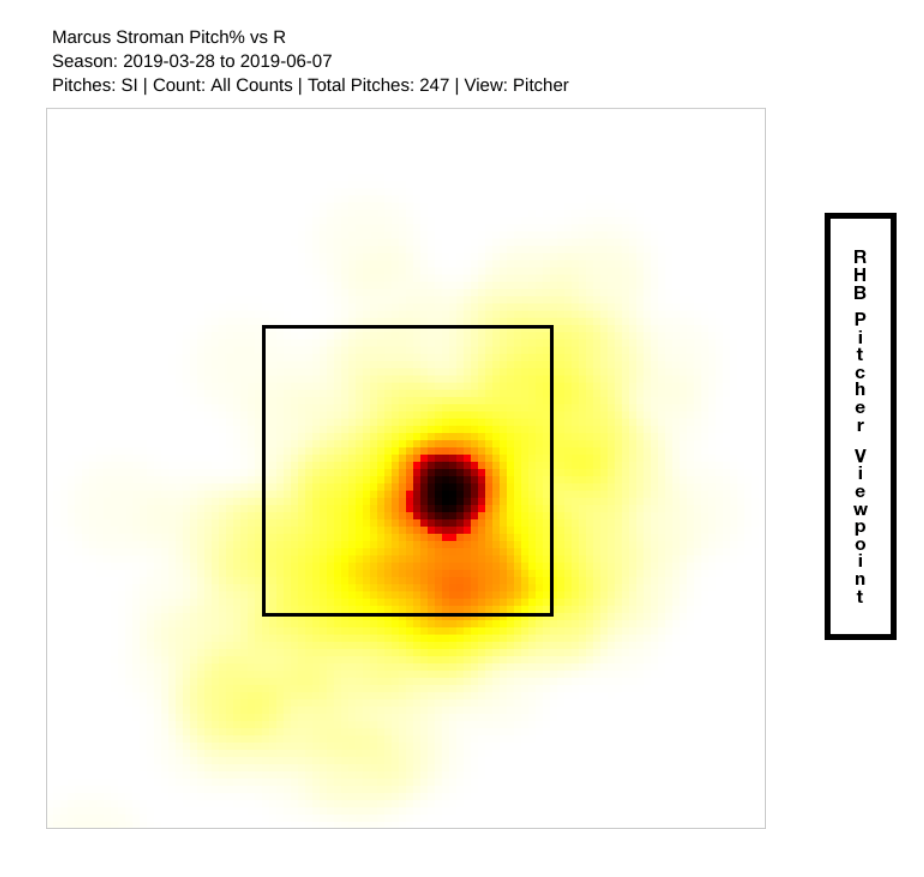The Sinker Paradox
Two things are very much true in modern baseball, and they’re in seemingly direct contradiction with one another. The first hardly requires any introduction: fly balls are leaving parks like never before. There’s almost no point in linking to a story about it, because there’s no way you haven’t heard if you are reading this website, but what the heck, here’s Ken Rosenthal talking about it. Baseball in 2019 is a game of home runs — allow fly balls at your own risk.
At the same time, the two-seam, sinking fastball is going extinct. The trend started a while ago, and it doesn’t look like it’s stopping anytime soon. Cutting sinkers has worked, kind of, and progressive teams like the Astros and Rays are leaning into it. Heck, overhand arm slots and high-spin four-seam fastballs are the hallmarks of modern pitching. Teams are looking for them in draft picks and getting young pitchers to throw more of them.
Think about those two things for a second. Fly balls are more dangerous than ever, but the pitch that is best at avoiding fly balls is on the decline. It’s a mystery worthy of Sherlock Holmes, and today I’m throwing on my deerstalker hat. The first thing we need to do is confirm that fly balls really are worth more than ever. This might seem trivial, but it’s worth doing, if only to figure out just how much more fly balls are worth these days. Read the rest of this entry »

